Best Places to Visit in Hawaii

Searching for the best places to travel in Hawaii? Well, you are in the right place! While Hawaii can be as luxurious as you want it to be, it also offers countless free natural wonders and affordable adventures if you know where to look. From my six years of living in the tropical Aloha State (and my annual visits since) here are some of my favorite experiences that I hope you’ll love as much as we did.
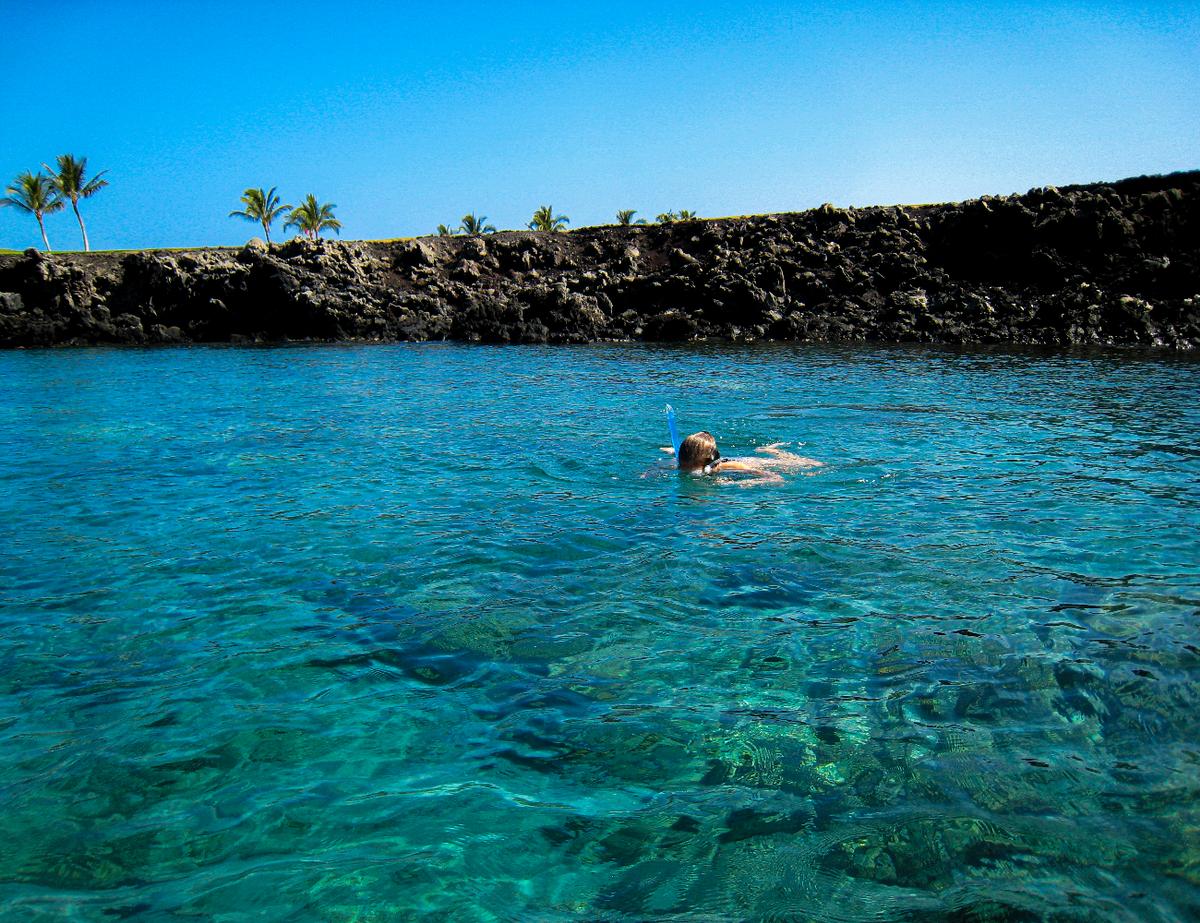
1. Big Island of Hawaii
Ready for an unforgettable island escape? Check out the Big Island, a real standout! I lived on this island for six years, and even now, every time I return, it feels like stepping back into something familiar and steady, but also vast and elemental, reminding you that the Big Island is unlike anywhere else in the U.S., a place where raw volcanic power and lush tropical beauty exist side by side.
I thought that the Big Island of Hawaii is the best place to visit in Hawaii on a family vacation. Why? What makes the Big Island so special is its sheer diversity where in a single day, you can sip Kona coffee at sunrise, walk across black sand beaches, hike to hidden waterfalls, and end the night stargazing atop one of the world’s best observatories.
- Location: Southeastern end of the Hawaiian Islands, in the central Pacific Ocean
- Size: Approximately 4,028 square miles (10,432 square km)
- Location Map
Flying into Kona International Airport on my visit last month, I settled into the oceanfront 5-star Mauna Lani Hotel, surrounded by sweeping Pacific views. For six sun-soaked days, I chased lava landscapes across Hawaii Volcanoes National Park , snorkeled with my husband and son off Keauhou Bay, picked up the freshest tropical fruit at the local farmers’ markets, and ended my evenings under skies on the hotel beach.
What I loved best:
We loved returning to our comfortable room at Mauna Lani Hotel, getting into the glass elevator to the lobby for the evening Hula show, and tiki torch lighting at sunset, my personal highlight!
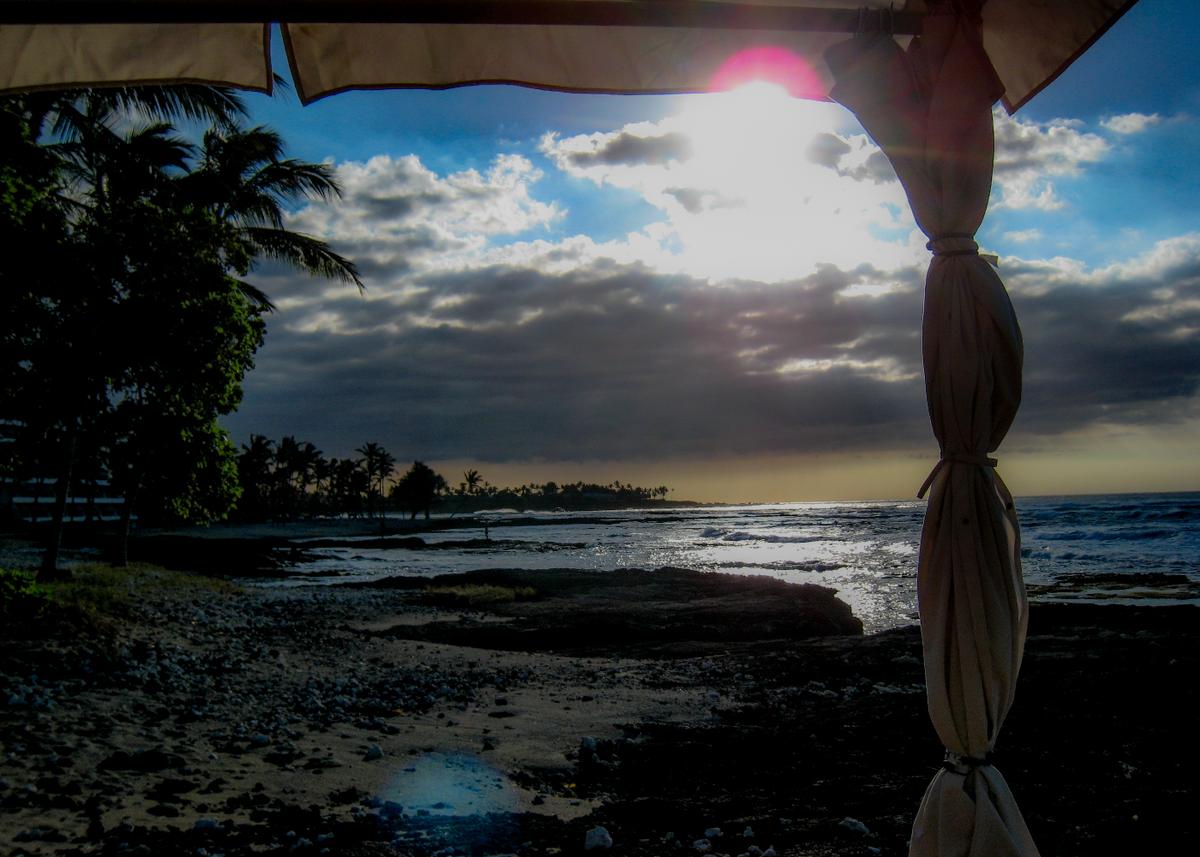
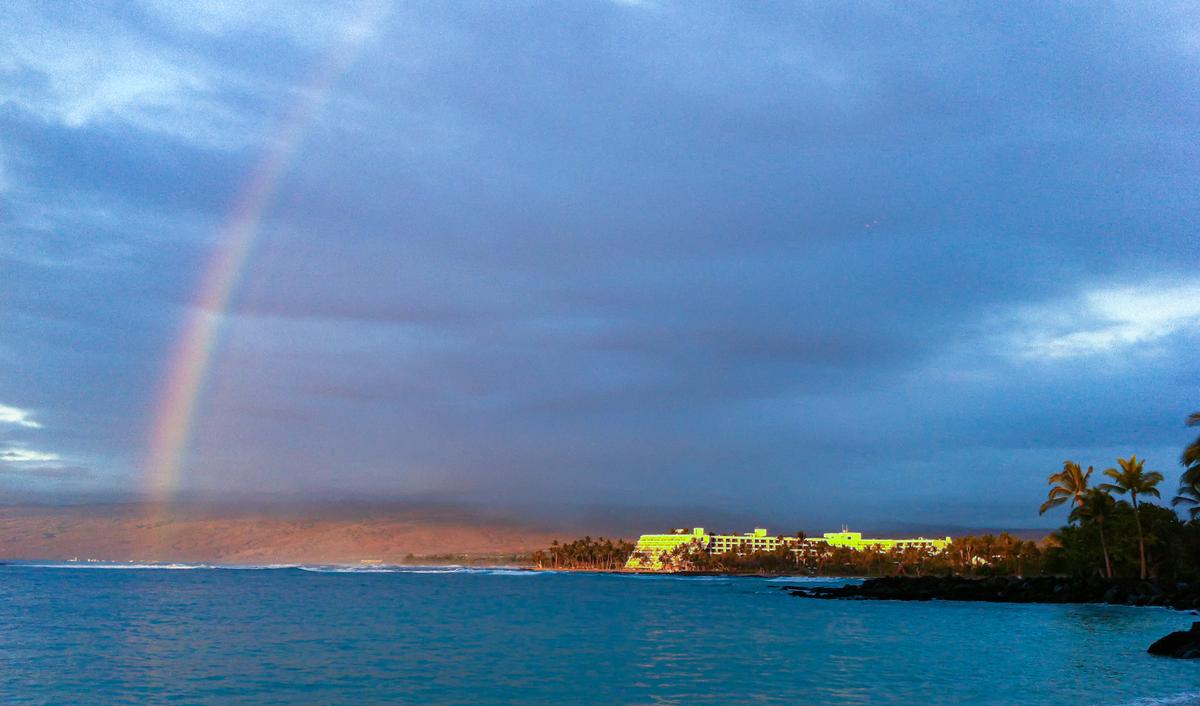
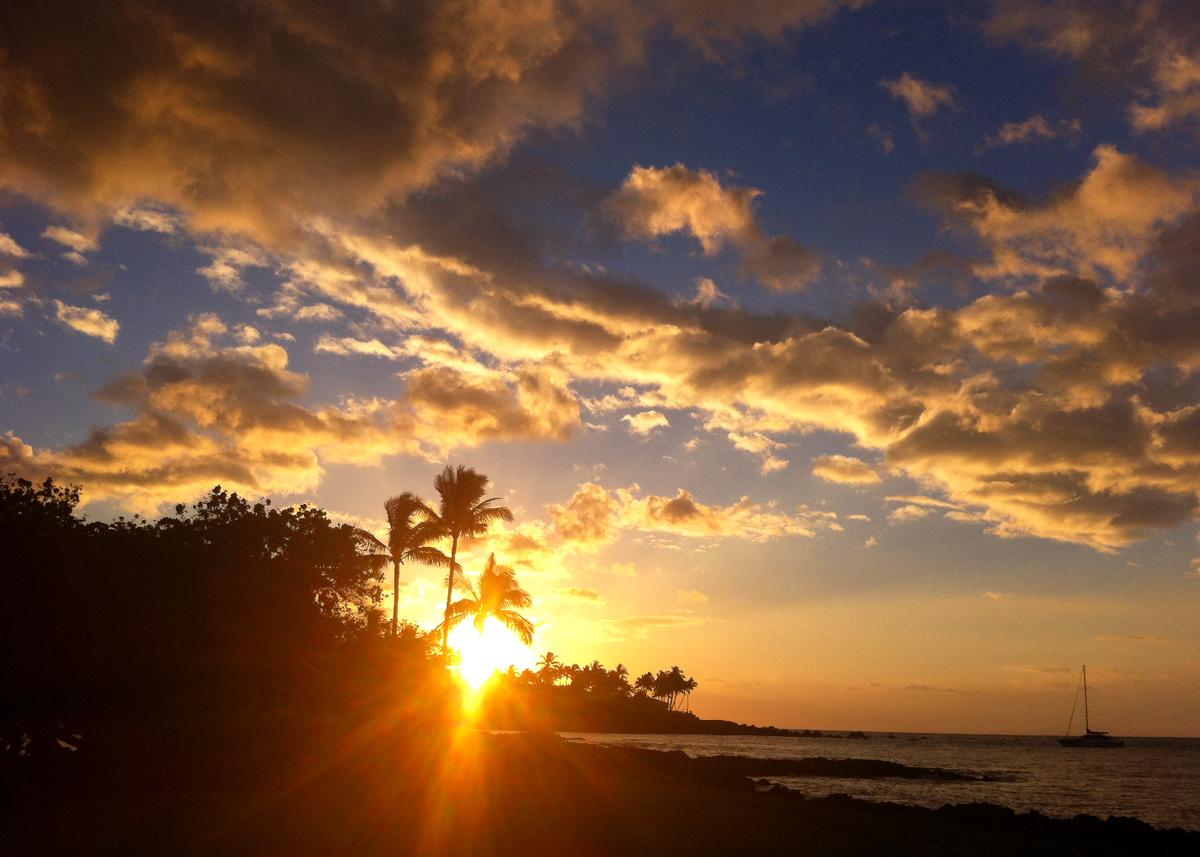
2. Kona, Big Island of Hawaii
We absolutely love Kona, and have been many times. This is one of my favorite areas on the Big Island because it offers a bit of everything: sunny beaches, incredible snorkeling spots, coffee farms, and that relaxed coastal breeze that instantly puts you at ease!
I timed my visit for the Kona Coffee Cultural Festival ($10 for all 10 days, ages 5 and under are free), a weeklong celebration of coffee and Hawaiian culture, and it turned out to be the best idea.
- Location: On the western coast of the Big Island of Hawaii
- Location Map
What I loved best:
Tasting peaberry espresso at Greenwell Farms, surrounded by blooming coffee trees, and savoring seared ahi tacos and local craft beer at Umekes Fishmarket Bar & Grill, my personal highlight.
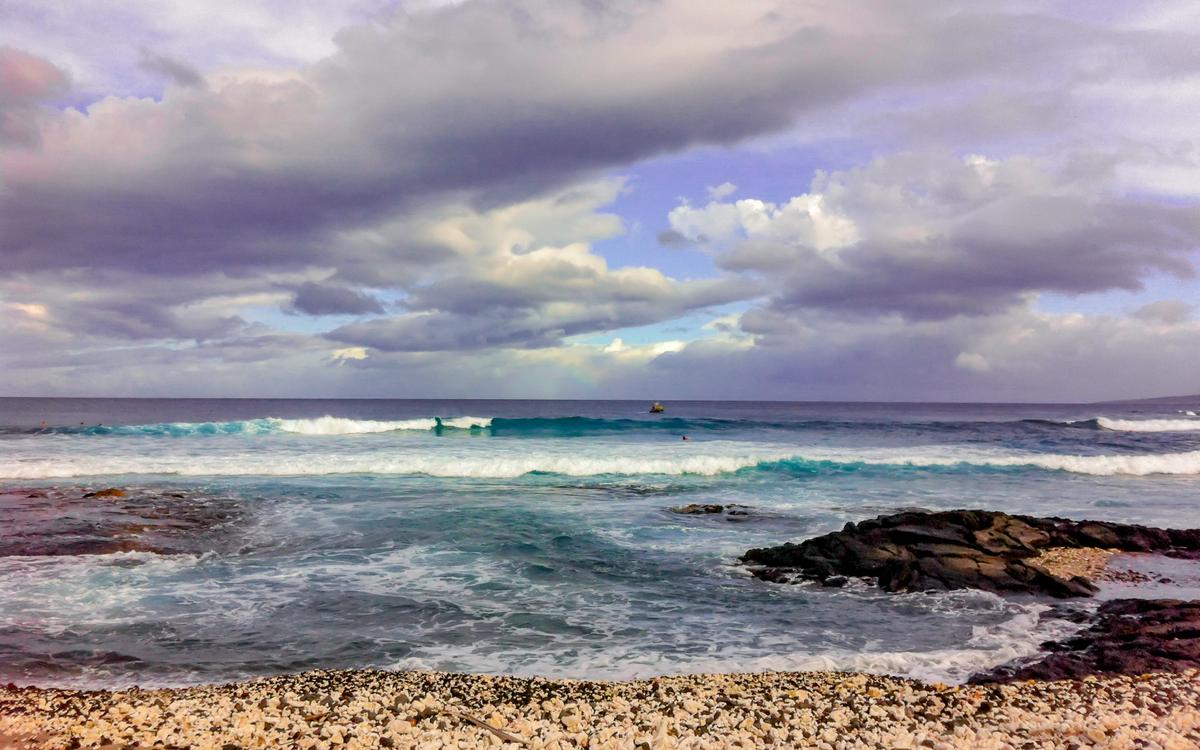
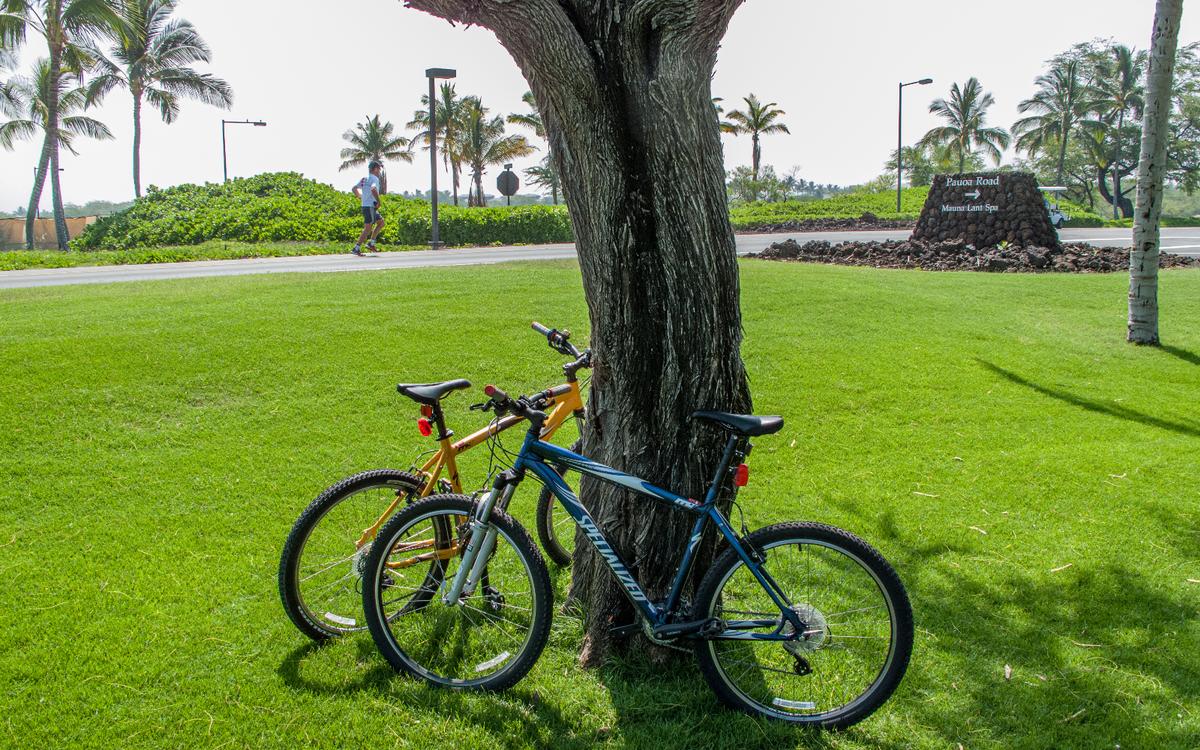
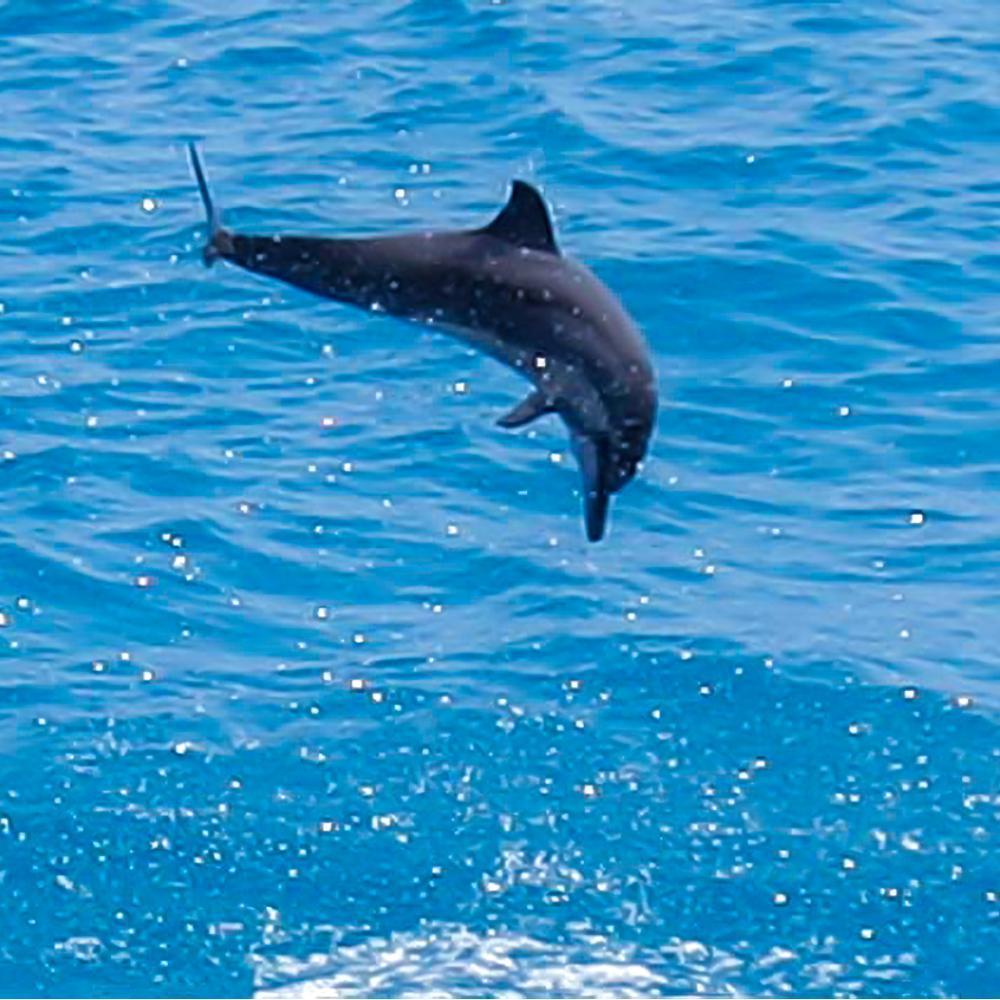
3. Dolphin Quest
Located at the Hilton Waikoloa Village, this is one of the most unique experiences on the Big Island. I loved that we got to interact closely with dolphins in a setting that's magical and educational.
Trained marine specialists at Dolphin Quest guide you through every moment, whether you’re feeding a dolphin, swimming alongside one, or simply learning about their behaviors. If you really love dolphins, you can book a room facing the dolphin lagoon overnight (we did this once and it was totally worth it!), although I want to point out that you don't need to be a guest of the hotel (from $465/night) to book Dolphin Quest.
- Location: Within the Hilton Waikoloa Village resort on the Kohala Coast, Big Island of Hawaii
- Size: The dolphin lagoon covers about 4 acres (1.6 hectares)
- Location Map
Local's tip: Dolphin Quest's a super cool experience, though at $289 per person for the 30-minute experience quite expensive so if you don't want to spend the money, just head to the hotel for lunch (there is outdoor seating at the cafe just over the dolphin lagoon), get your parking validated after by the restaurant, watch the dolphin interaction, and walk around the dolphin lagoon for free! You won't be able to get in the water with dolphins but still be a part of this amazing experience without spending a lot.
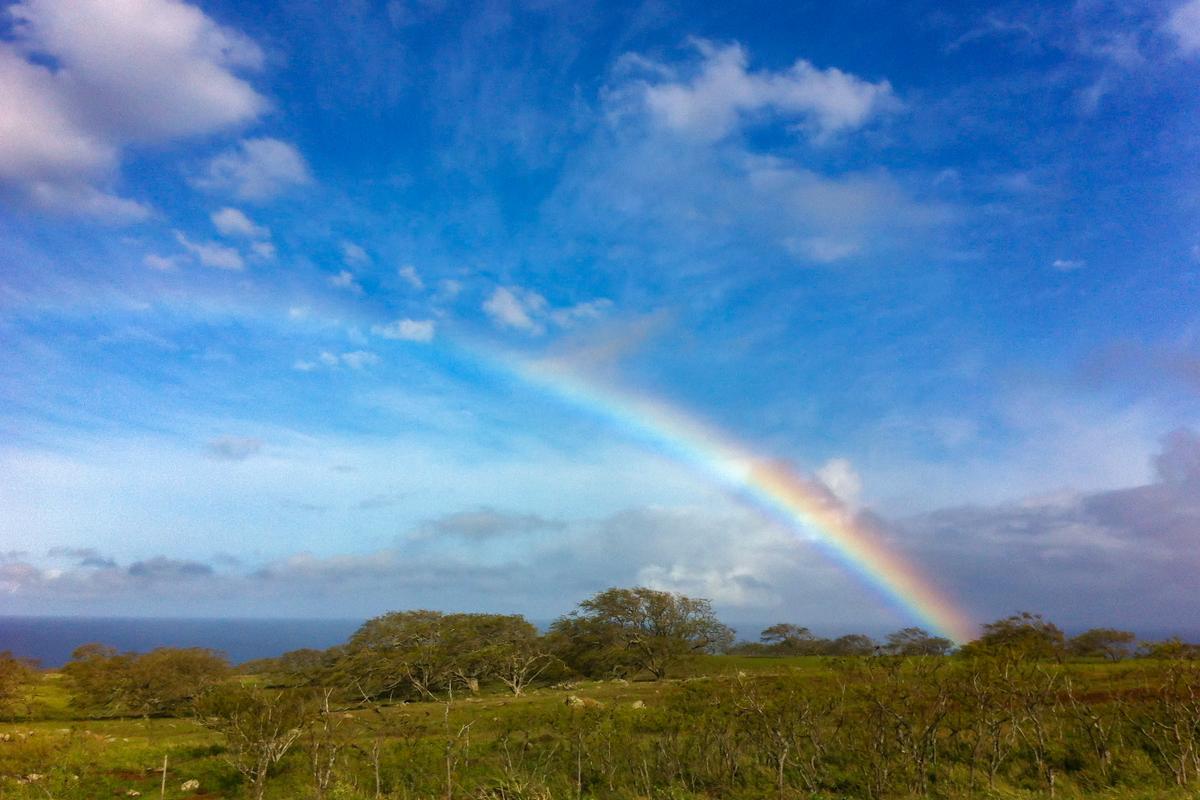
4. Hilo
Tucked along the island’s verdant eastern shore, this is one of the most unspoiled and soulful towns I’ve ever visited in the USA and I think it’s one of the absolute best places to visit in Hawaii. Why? First off, Hilo offers dramatic waterfalls, botanical gardens, vibrant markets, and a quiet, local rhythm. In addition, it’s Hawaii at its most natural and heartfelt.
On the island’s rainy eastern shore, this city is the contrast to Kona’s sunny coast; local, authentic, and deeply connected to the island’s natural rhythms. I timed my visit for the Merrie Monarch Festival in "America's Wettest City", a weeklong celebration of hula, lei-making, and Hawaiian culture, and it turned out to be the most soul-stirring experience of the trip.
During our stay at Grand Naniloa Hotel for seven days, we learned about history at the Pacific Tsunami Museum, stopped for snacks at Hilo Farmers Market, marveled at Rainbow Falls and nearby Akaka Falls State Park, and walked through the Liliuokalani Gardens, a peaceful Japanese-style park by the bay. We also had easy access to Hawaii Volcanoes National Park, just 45 minutes away.
Getting around Hilo is easiest with a rental car, especially if you want to explore the surrounding areas. While there is a local bus system, it’s limited and not ideal for sightseeing. Driving is stress-free compared to larger cities, and parking is generally easy to find. If you’re flying in, Hilo International Airport is small and convenient, making arrivals and departures refreshingly simple.
Another great way to experience Hilo and the Big Island is with an organized tour. We found tours especially helpful for visiting places like Volcanoes National Park, where having a knowledgeable guide adds so much context to what you’re seeing. Plus, it’s a relaxed way to cover a lot of ground without worrying about logistics.
- Location: On the eastern coast of the Big Island of Hawaii, in Hawaii County
- Location Map
What I loved best:
Our Junior Suite ($433/night) had the most unbelievable ocean views that made us feel like we were sitting over water, my personal highlight.
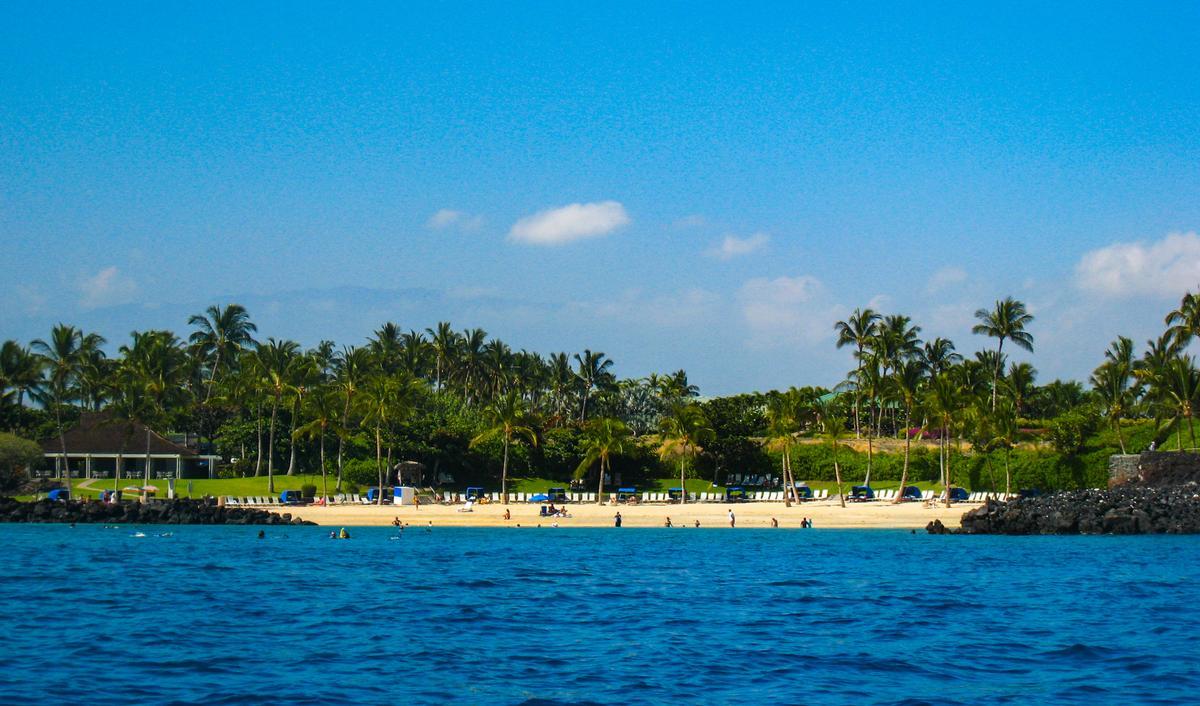


5. Hawaii Volcanoes National Park
Ready for an otherworldly adventure? Check out Hawai‘i Volcanoes National Park, a real standout! I loved visiting in the late afternoon, when the light hits the craters just right, turning the landscape into shades of gold, charcoal, and deep red. This is the Big Island's living landscape where fire, earth, and sky come together in dramatic ways. The park is spread across more than 300,000 acres and home to two of the world’s most powerful volcanoes, Mauna Loa and Kilauea!
Walking here feels like stepping onto another planet, with lava fields that stretch to the horizon, steam vents risig from the earth, and craters glowing with the memory of or recent erruptions. But Hawaii Volcanoes National Park is more than just geology, it’s sacred land deeply tied to Hawaiian culture, with stories and traditions.
- Location: On the southeastern side of the Big Island of Hawaii, in Hawaii County
- Location Map
Local tips:
Be sure to dive along the Crater Rim Drive for sweeping views of Kilauea’s caldera, walk through the Thurston Lava Tube, and stop at the Jaggar Museum & Overlook to learn about volcanology and Hawaiian legends. If you don't mind a day of driving, you can easily visit the park on a day trip from Kona or Hilo but you can also stay nearby in 3-star Aloha Crater Lodge and Lava Tube (about $150/night) if you want a deeper immersion and more time to explore.
What I loved best:
Returning to the comfort and Hawaiian decor in our room at Aloha Crater Lodge. The outdoor hot whirlpool was a nice touch and my personal highlight!
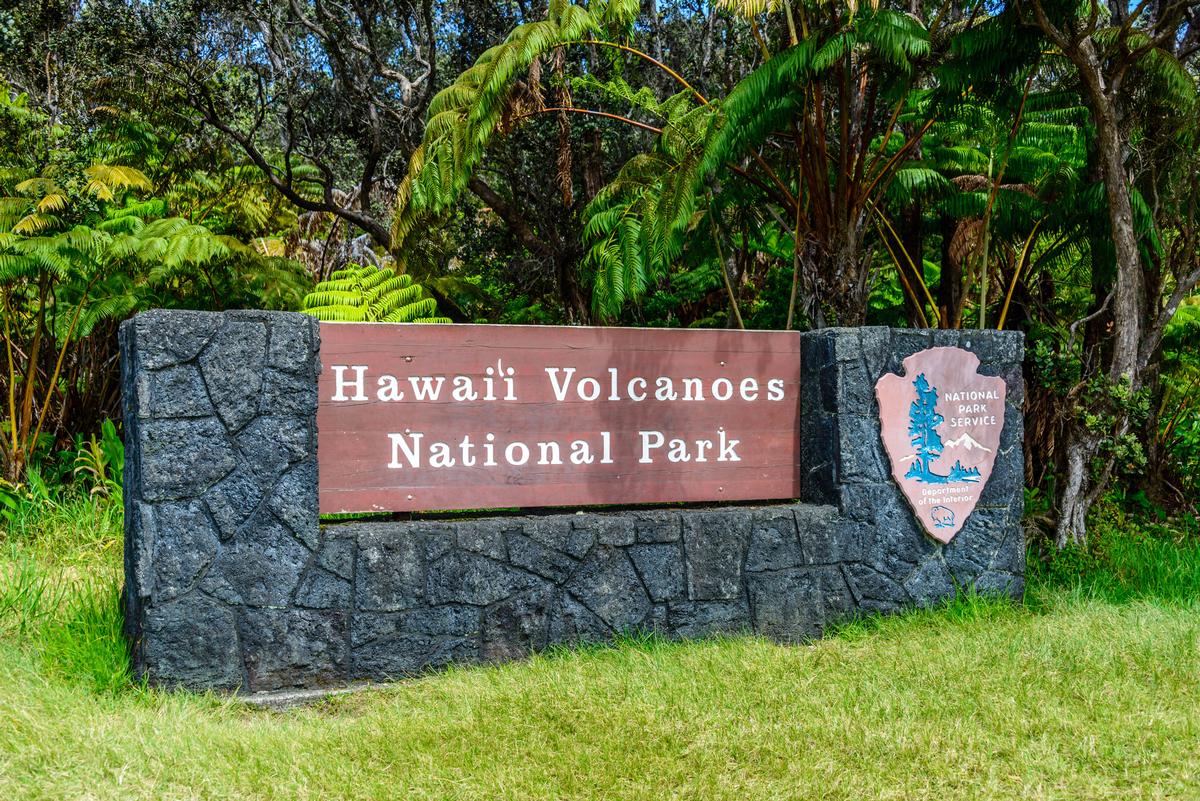
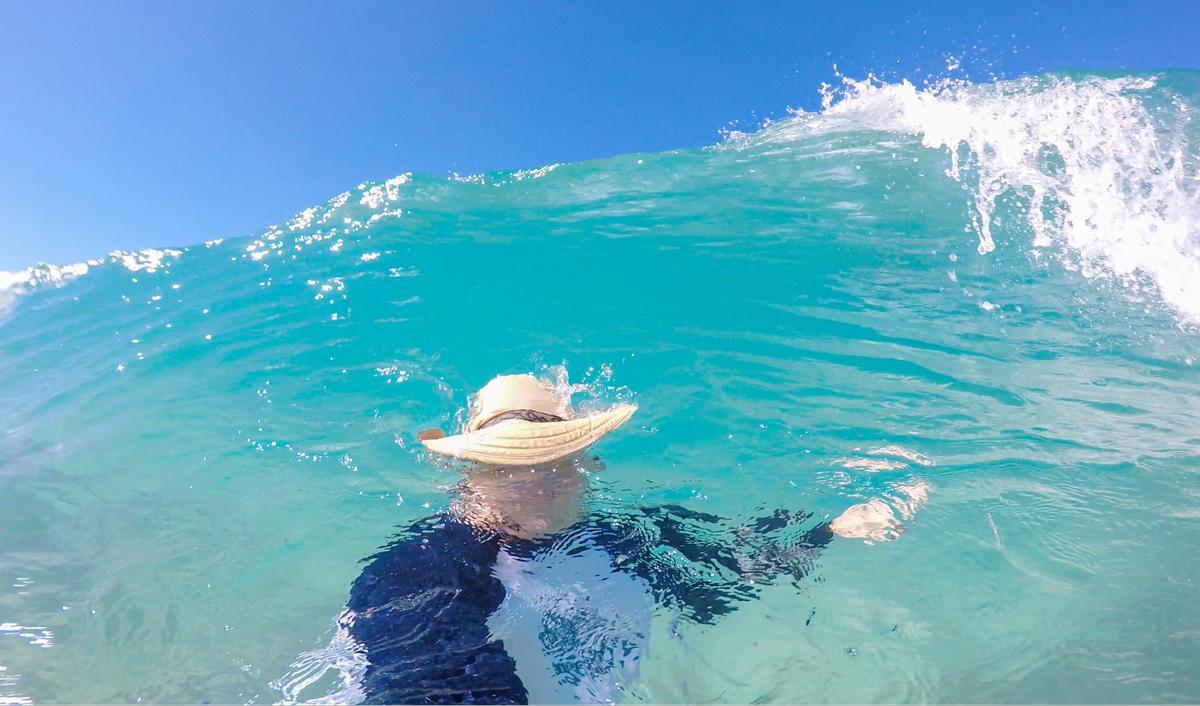
6. Maui
Maui is my favorite place in Hawaii for a romantic vacation because it's full of luxury resorts, amazing beaches and romantic restaurants. I planned our last trip for May, just before the summer crowds, but I've visited during all times of the year and the island is always amazing because of its tropical climate.
I love the diversity of experiences you can have on Maui where one moment you’re watching the sunrise above the clouds at Haleakala National Park, the next you’re winding along the Road to Hana, discovering waterfalls, black sand beaches, and quiet villages that are totally remote. On the western side, Kaanapali pulses with tourist vibes, while quieter upcountry towns like Makawao offer a taste of paniolo (Hawaiian cowboy) heritage.
Don't miss tasting the famous Shaka Pops on your trip!
- Location: In the central Pacific Ocean, part of the U.S. state of Hawaii
- Size: Approximately 727 square miles (1,883 square km)
- Location Map
What I loved best:
I loved our ocean view cottage (in my photos below) for two days at Hana-Maui Resort, one of my favorite all inclusive resorts in the world because of its incredible Pacific views and fantastic organic, local food, a real standout.
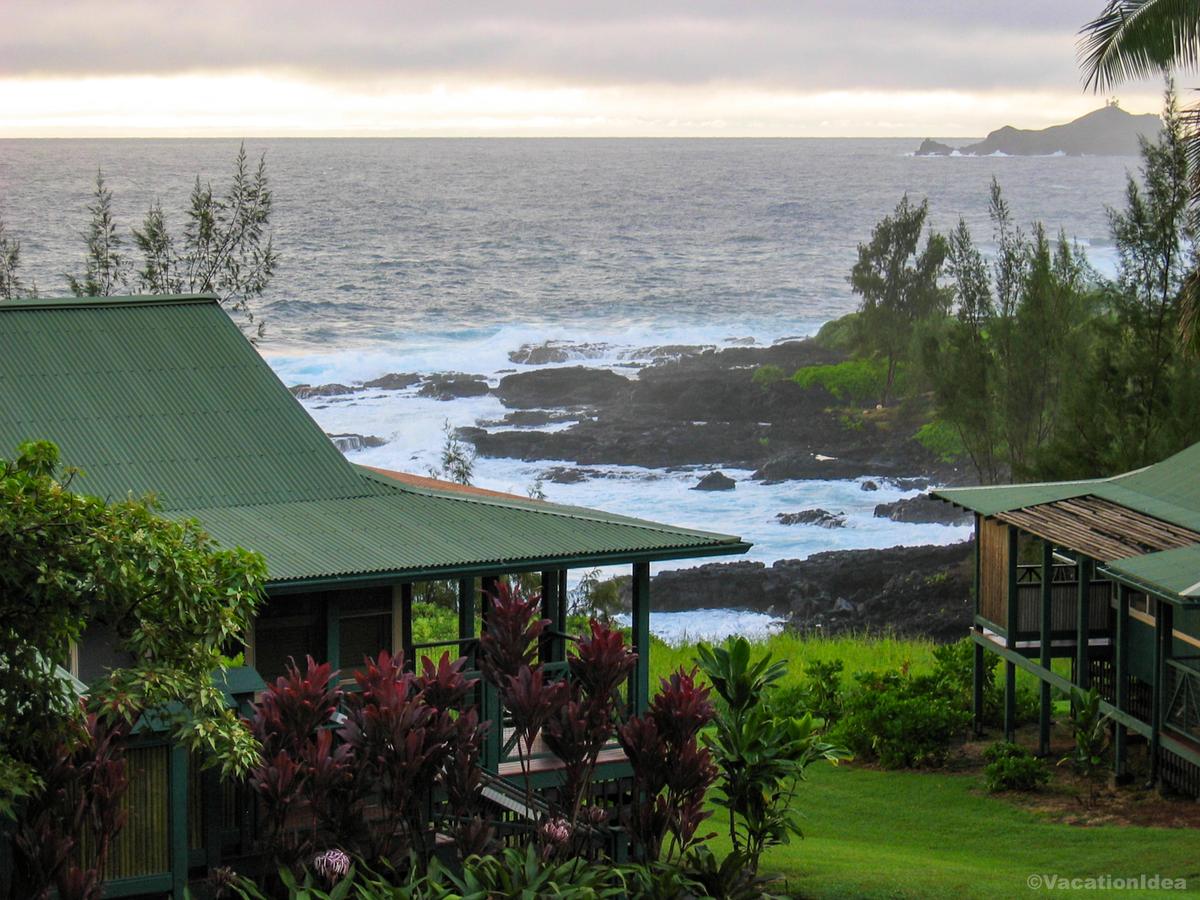
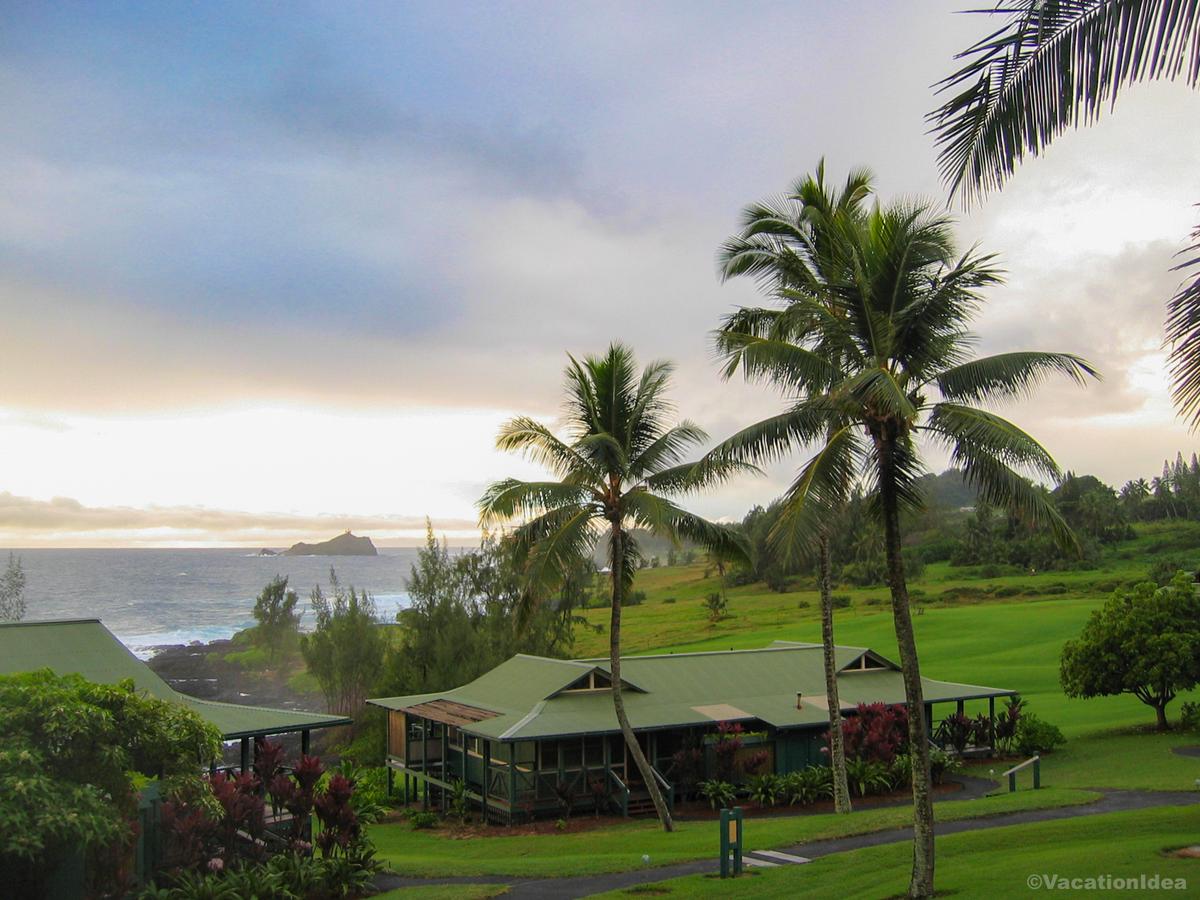

7. Honolulu
Stretching between the Pacific and the Koolau Mountains, I think this is one of the absolute best cities when I'm in the mood for both culture and coastline.
This was such a vibrant month to explore the island’s capital with balmy trade winds, golden evenings, and the scent of pikake drifting through the air. I chose April, when the skies are bright, the surf is gentle, and the jacarandas begin to bloom across the city, and Honolulu felt so alive!
Flying into Daniel K. Inouye International Airport (HNL), I checked into the elegant 5-star Halekulani Hotel for two days, a AAA Five Diamond award winner right on Waikiki Beach, a haven of soft ocean breezes and sunset views of surfers. I enjoyed snorkeling in Hanauma Bay, hiking up Diamond Head Crater for sweeping Pacific views, and doing some shopping. Local attractions include the Iolani Palace, Pearl Harbor & USS Arizona Memorial, and the Bishop Museum.
I've always thought that Honolulu is such a cool culinary destination and when we lived on the Big Island we sometimes hopped on a 50-minute flight to Honolulu, where we sampled great Italian dishes at Arancino di Mare and Taormina Sicilian Cuisine; Chinese eats at Jade Dynasty Seafood Restaurant; Japanese at Tonkatsu Tamafuji; and various cheap local eats at Steak Shack or Leonard's Bakery.
- Location: On the southern coast of Oahu Island, in Honolulu County, Hawaii
- Size: Approximately 68.4 square miles (177 square km)
- Location Map
What I loved best:
Going to a Hula show in the evening was my personal favorite.
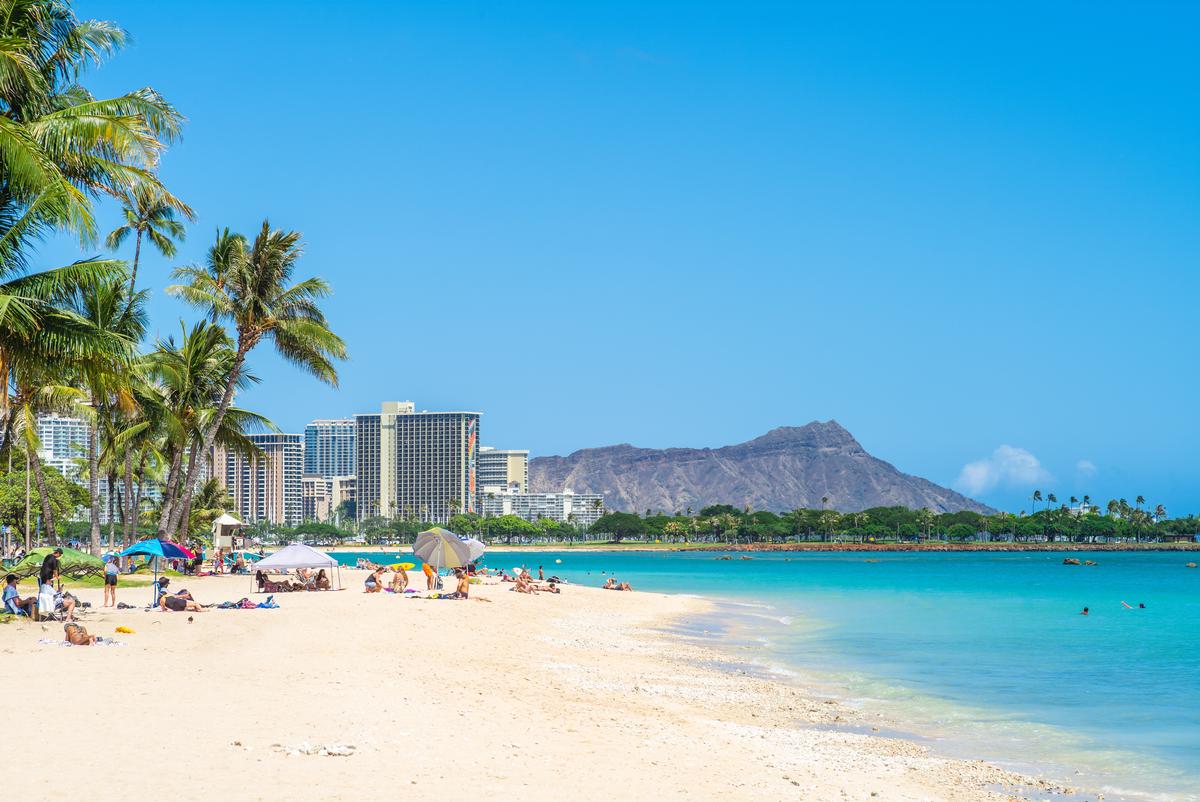
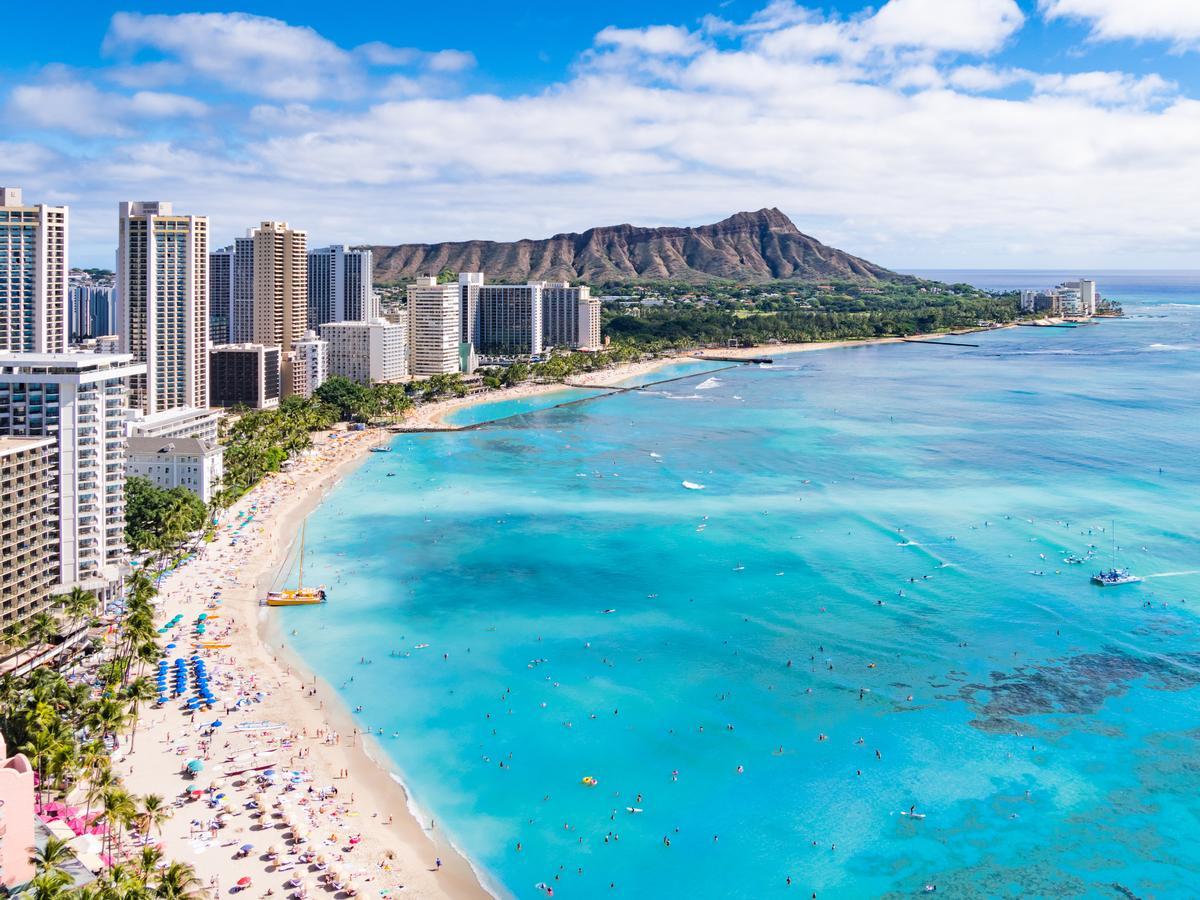
8. Outrigger Reef Waikiki Beach Resort, Oahu
Ready for a beachfront escape? Check out Outrigger Reef Waikiki, a real standout! This resort felt like Aloha in hotel form, warm, genuine, and just steps from the surf. From the lei greeting to the live music at sunset, every detail felt connected to Hawaii in a way that was both humble and heartfelt.
We drove less than half an hour from Honolulu’s airport, the road running past palms and busy city streets before opening to Waikiki’s shoreline.
The resort has the best mix of Hawaiian tradition and modern comfort, making it the perfect place for both a romantic weekend escape and a fun-filled family vacation.
From the moment I stepped into the open-air lobby filled with Hawaiian art and live music, I felt instantly immersed in the aloha spirit—it set the tone for my whole stay.
My favorite part was waking up to the sound of the waves and stepping out onto a balcony overlooking the turquoise ocean—those views alone made it unforgettable.
Our room for two days was spacious, with island-inspired décor, a comfy bed, and modern amenities that made me feel pampered yet still connected to the natural beauty outside.
I loved dining at Kani Ka Pila Grille, where live Hawaiian music filled the evenings—it was the best way to enjoy fresh island cuisine under the stars.
The resort also offered great activities, from hula and lei-making classes to surf lessons right on the beach, making it easy to create both romantic moments and family memories.
Check prices or availability at Outrigger Reef Waikiki Beach Resort
What I loved best:
Relaxing by the pool with a tropical cocktail in hand felt like the perfect balance of luxury and laid-back island life—my favorite kind of vacation vibe.
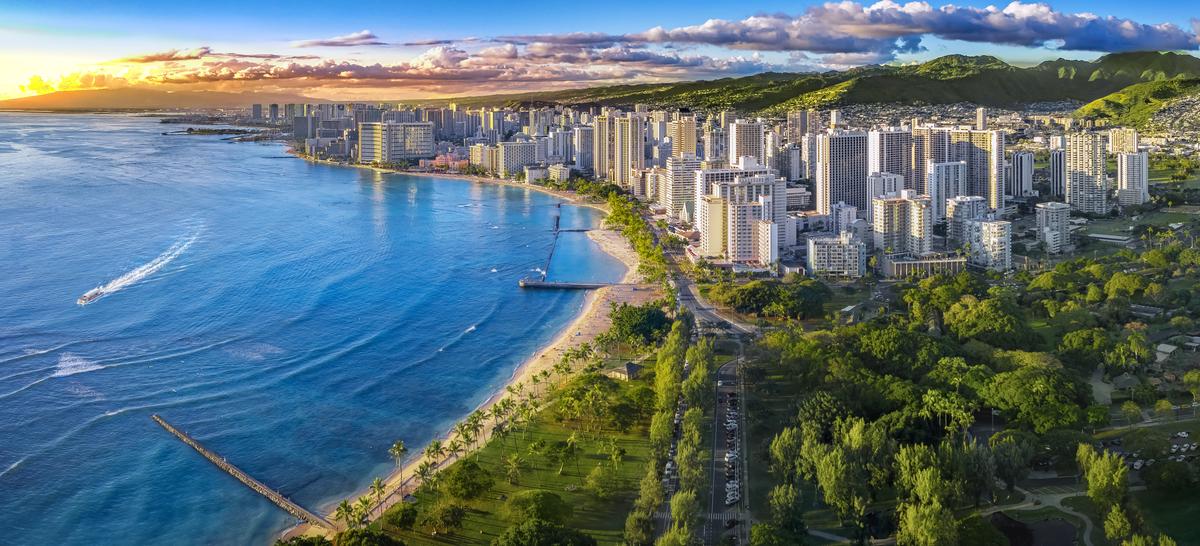
9. Oahu
Beyond Hawaii’s capital Honolulu, I thought this was such a cool Hawaiian island to explore when we moved to Hawaii. I loved the hidden surf towns, lush valleys, and quiet coves that feel a world away. I recommend a scenic drive to the North Shore, a stay at The Ritz-Carlton Oahu, Turtle Bay ($633/night) for great food and to watch world-famous surfers handle themselves on the waves (especially in the winter!), and leave some time to explore Haleiwa town too.
- Location: On the western coast of Oahu, in Kapolei, Hawaii
- Size: Approximately 642 acres (2.6 square km)
- Location Map
Closer to Honolulu in Ko Olina (about an hour if you don't hit heavy traffic) is Aulani, A Disney Resort & Spa ($637/night) where were spent two relaxing days with our son. I think it's the best place on Oahu for families with little kids because there's so much family-friendly dining, amenities, and little ones under 48 inches can have fun at Menehune Bridge, water slides, and a climbing play structure.
What I loved best:
I think that Oahu is one of the best places to visit in Hawaii. Why? With tons of hotels and vacation rentals to choose from, great beaches, attractions and natural areas, it's an unforgettable destination!
Returning to our room with a lanai overlooking the ocean and a comfortable king bed after a 60-minute Hawaiian Renewal Facial using organic Hawaiian grown ingredients at The Ritz-Carlton Oahu, Turtle Bay spa.

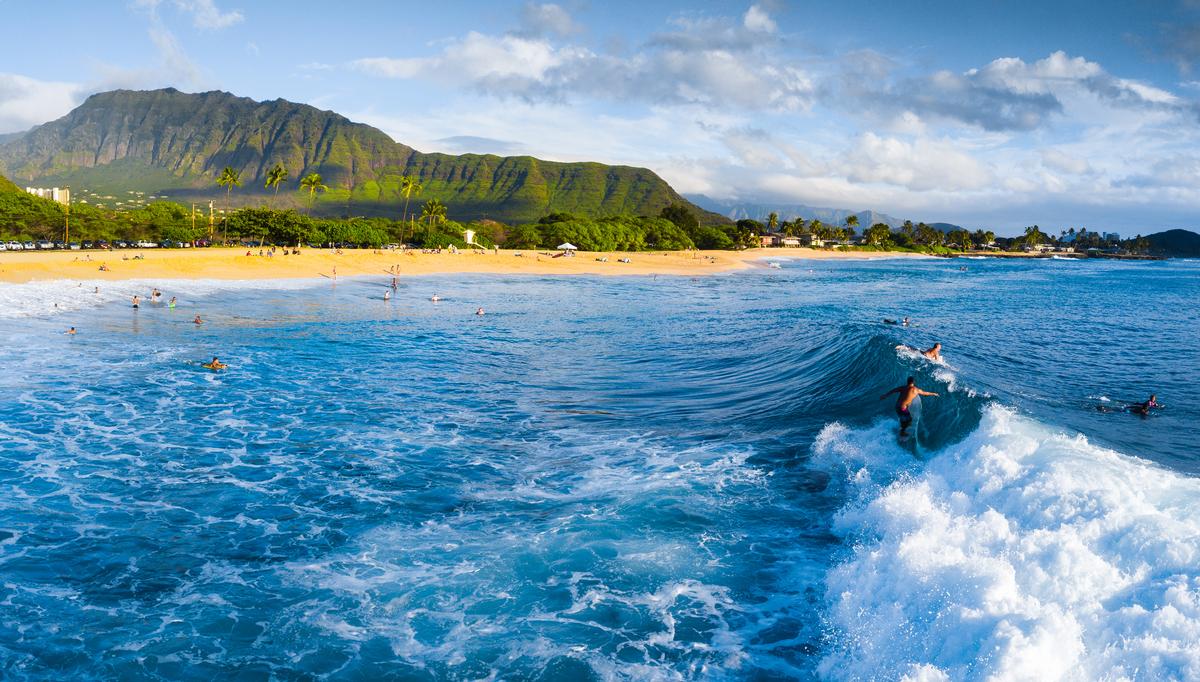

10. Kauai
Known as the Garden Island, this is one of the most unspoiled and breathtaking places I’ve ever traveled to in Hawaii and I think it’s one of the absolute best islands for natural beauty and serenity. Why? First off, Kauai offers emerald mountains, dramatic sea cliffs, winding rivers, and a laid-back, nature-first vibe far from the busier resort scenes. In addition, it’s pure paradise for anyone who loves landscapes that look like they’ve barely changed in centuries.
It felt effortlessly romantic and deeply grounding, the kind of place where time softens and every day unfolds at nature’s pace. From the moment we landed, the air smelled sweeter, the colors felt richer, and everything invited us to slow down together.
We loved how easy it was to explore by car, winding along coastal roads and through lush valleys, pulling over whenever something beautiful caught our eye—which was often. The contrast between emerald mountains and turquoise water never stopped amazing me.
One of our most unforgettable days was along the Na Pali Coast, where towering cliffs dropped dramatically into the sea. Whether viewed by boat or from a scenic lookout, it felt otherworldly—raw, powerful, and humbling in the best way. Hiking in Waimea Canyon, the “Grand Canyon of the Pacific,” gave us sweeping views painted in deep reds and greens. Standing there together, wrapped in a light breeze, felt quietly profound.
In the north, Hanalei stole my heart with its laid-back charm. We lingered over coffee, wandered barefoot through town, and ended the day watching the sky melt into shades of pink and violet over the bay.
We made space for pure relaxation too—slow lunches, ocean swims, and evenings where the only plan was a sunset. Candlelit dinners with the sound of waves nearby made every night feel intimate and unhurried.
My highlights?
I thought that Kauai was one of the best places to go in Hawaii when we lived in this magical state.
Hiking along the Na Pali Coast was unforgettable after we checked into Hanalei Colony Resort for two days. In addition, at the end of the day, sunsets were simply spectacular from our condo and perfectly timed just before dinner.

Booking Checklist
1. Book Your Flight - I use Expedia because I like their mobile app with my itinerary. They've helped me re-book flights on many occasions. Once you reach their Gold tier, support is especially good.
2. Book Your Hotel - I use Booking.com or Expedia, depending on my destination.
3. Book Your Rental Car - I use Expedia.
4. Book your tours on Viator or Get Your Guide.
5. If you are planning to visit more than three national parks in the next 12 months, buy the America the Beautiful Pass.
